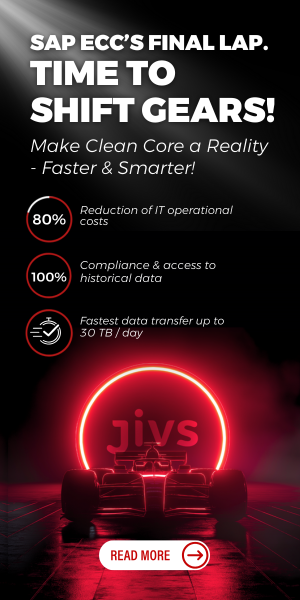SAP’s VAT function helps businesses address base-level VAT requirements. And for some companies with more simplified operations, these features within SAP ERP will often meet their needs. But as companies expand their sales channels and grow, VAT complexity increases. To address the intricacies of tax, SAP has empowered trusted partners like Vertex to integrate and build upon the foundational features within SAP ERP. Companies can then deploy an integrated tax solution that can provide expanded automation, reporting, and remittance capabilities.
In this guide, we introduce you to the current environment and help you make the business case for extending the value of your SAP ERP with integrated tax technology in the following areas:
- Cross-border VAT complexity
- Multi-party transactions
- E-invoicing
- Reverse charge rules
- Real-time VAT reporting
- Supply and install rules
- VAT groups
- Special schemes
Download the guide to learn more.






